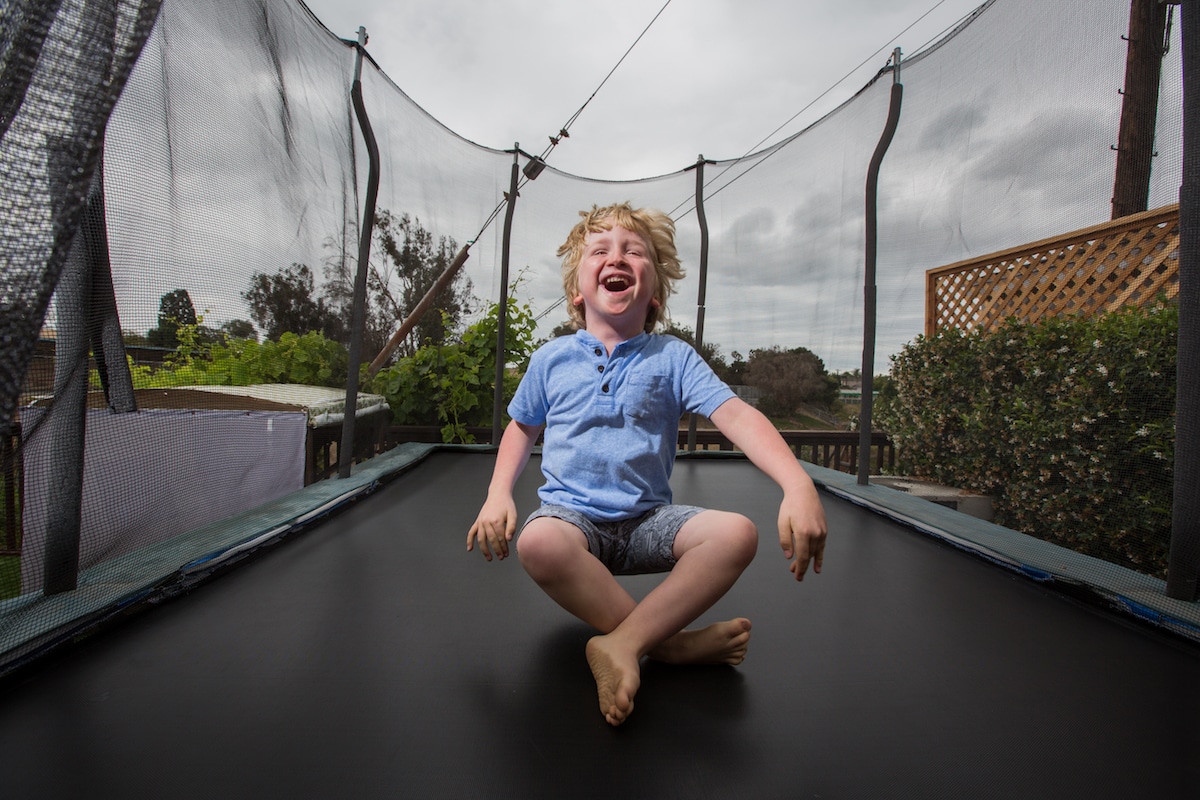
Ian, 5 years old. MCM & Polymicro Giaria. Ian is a fun loving boy who has MCAP and PMG which involve the skin, connective tissue, and brain causing a disproportionately large head and capillary malformations on the skin.
This post may contain affiliate links. If you make a purchase, My Modern Met may earn an affiliate commission. Please read our disclosure for more info.
Inspired by her parents, who lost a child to Tay Sachs syndrome before she was born, and a close friend, whose child has Angelman Syndrome, photographer Karen Haberberg turned her camera toward 27 families raising children with rare genetic syndromes. The results are stunning portraits that speak to the courage of each family, shining a light on their often unheard stories. An Ordinary Day: Kids with Rare Genetic Conditions combines these photographs with interviews and text to explore the world of each family.
With one in ten Americans suffering from a rare genetic condition, Haberberg’s journey into their lives is a necessary tool to help connect these families with one another—and the world at large. After a successful Kickstarter campaign, Haberberg was able to pursue An Ordinary Day and document the lives of these incredible children. Each child, and their family, share their emotional journey, from the story of Shaan, who at age 16 almost died from cardiac arrest and was discovered to have a progressive disease that now leaves him unable to self-feed to Cassie, who was diagnosed with Marfan syndrome at just 5 hours old and has undergone six surgeries at age 9, but still loves to swim.
“All the families in the book are extraordinary. I am incredibly fortunate to have been allowed into their intimate world. I am in awe of their strength, optimism, and perseverance,” shares Haberberg. “I was there to tell their story as authentically as possible, and I think they felt that, which is what enabled them to open up to me. I deeply care about each family represented in the book, and find them to be incredibly inspirational.”
Portrait photographer Karen Haberberg documents the lives of families raising children with rare genetic conditions for her project An Ordinary Day.
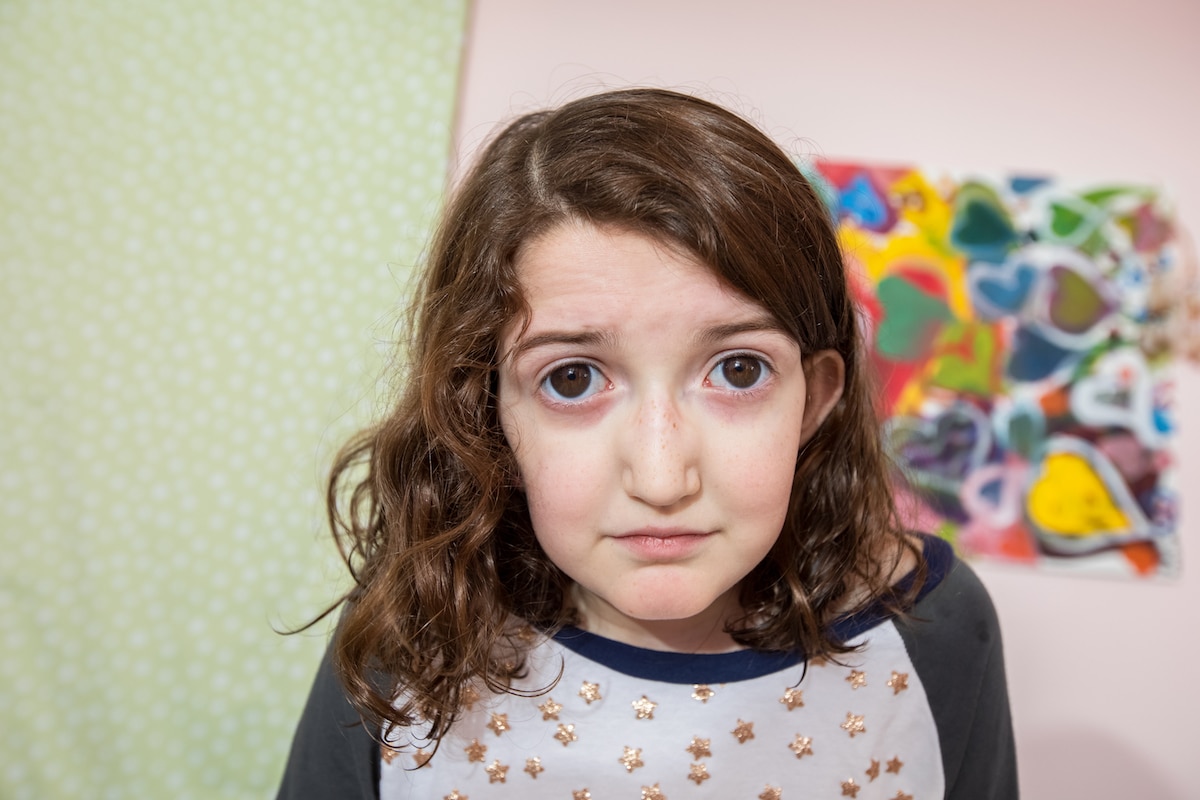
Cassie, 9 years old, Marfan Syndrome. Cassie’s Marfan syndrome could have been fatal if doctors had not caught it in time.
By highlighting the world of each family, Haberberg allows us to see them as individuals not defined by the genetic conditions that often create stereotypes around them. While not shying away from showing the difficult moments and incredible perseverance each family must have to confront even the smallest of tasks, she also reminds us that we are still talking about children. Whether it’s playing with siblings while overcome with laughter or participating in activities like cheerleading, these special children continue to live life to the fullest, undeterred by the limits their conditions have placed on them.
It’s Haberberg’s hope that through demonstrating these moments, families of children with and without genetic conditions will mingle more. “Many of the parents in the book comment that most of the people they socialize with since their child was diagnosed are from the rare genetic disease community. Their friends with typical kids no longer invite them to parties because they worry that if the kid with a rare condition attends the birthday party and the kid has an outburst or a behavioral issue, the party will be ruined.
“It’s a shame because the families who have kids with rare genetic conditions already feel isolated. They are already struggling with medical care, insurance companies, schools and everyday life. People who haven’t been closely exposed to families like these are often ignorant and fearful, which is what causes them to step away rather than lean in. It’s time we lean in.”
Sales from the book An Ordinary Day: Kids with Rare Genetic Conditions will go toward genetic research.
While not shying away from showing the difficult moments, Haberberg also reminds us that these are children who love to laugh and play.
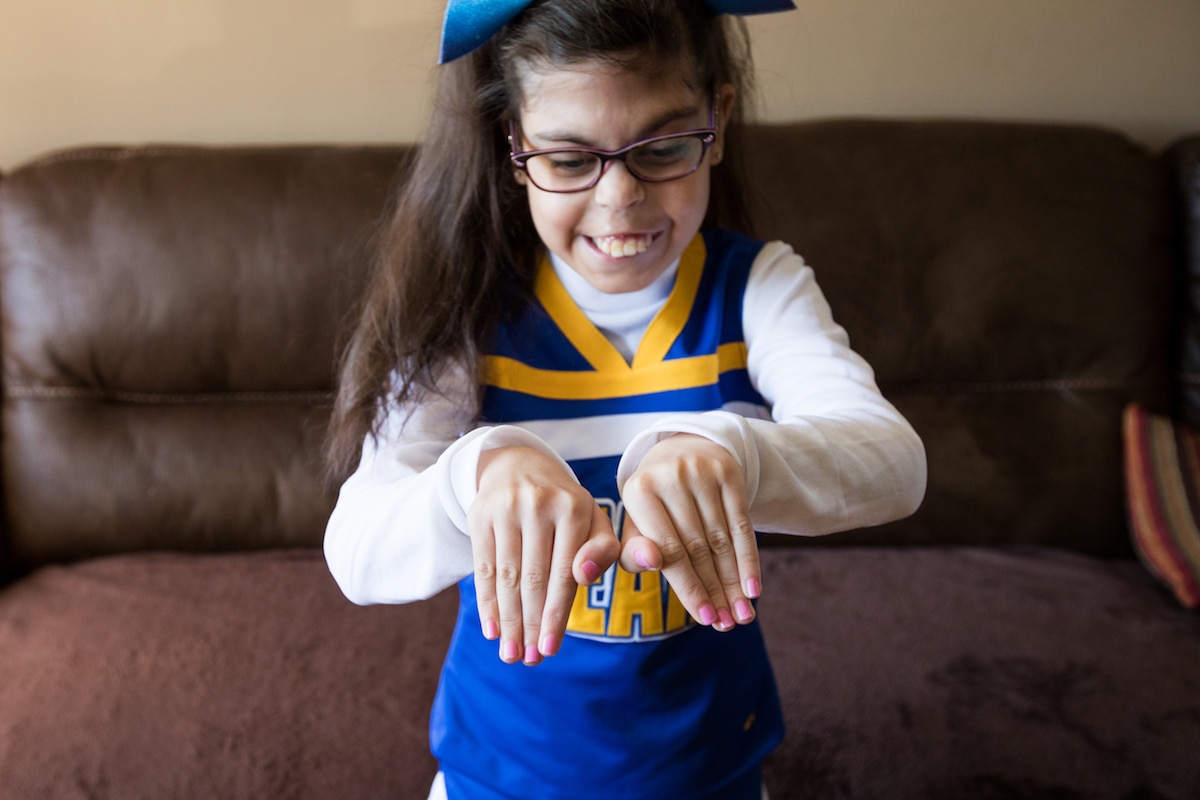
Gianna, 13 years old, 22q11.2 deletion syndrome.Though Gianna has had 26 surgeries, she is still able to participate in her town’s general cheering squad.

Wyatt, 5 years old, 22q deletion. Wyatt is nonverbal, cannot eat by mouth, and is blind in one eye but still manages to enjoy nature.
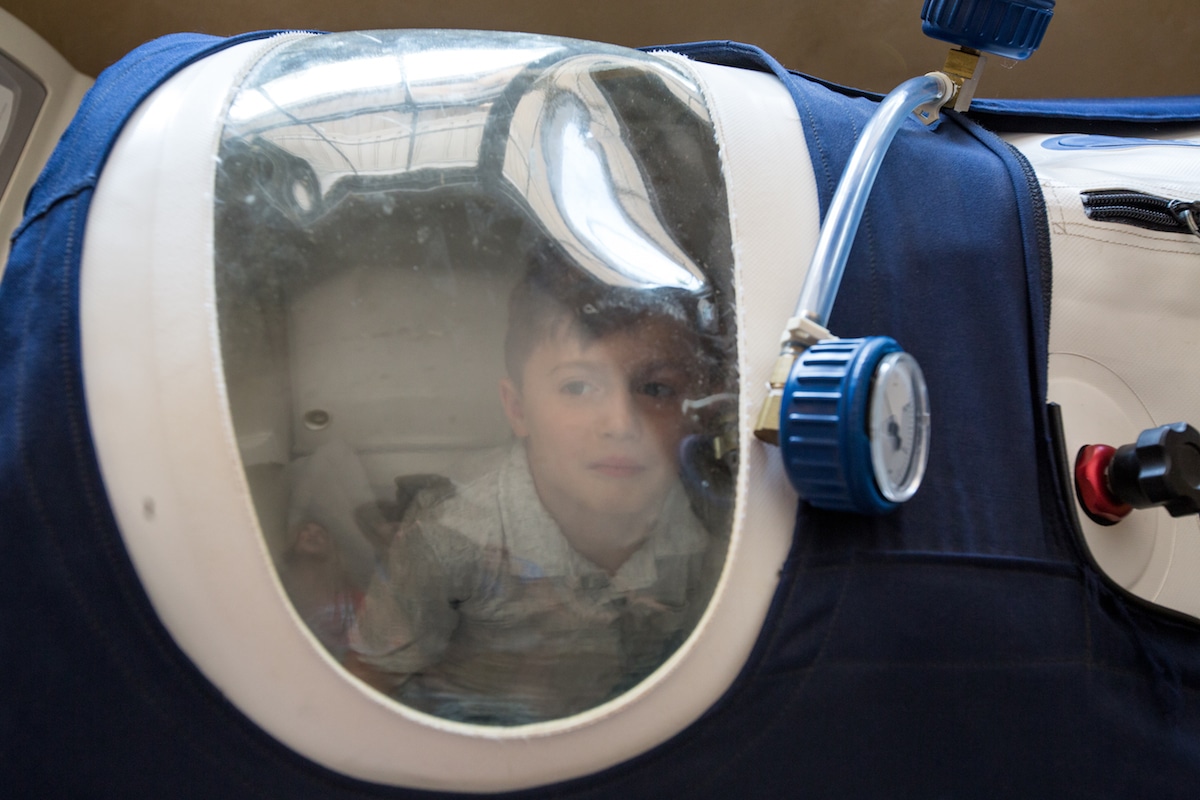
Jamesy often sleeps in a hyperbaric chamber to help improve his breathing, and his dad always joins him.
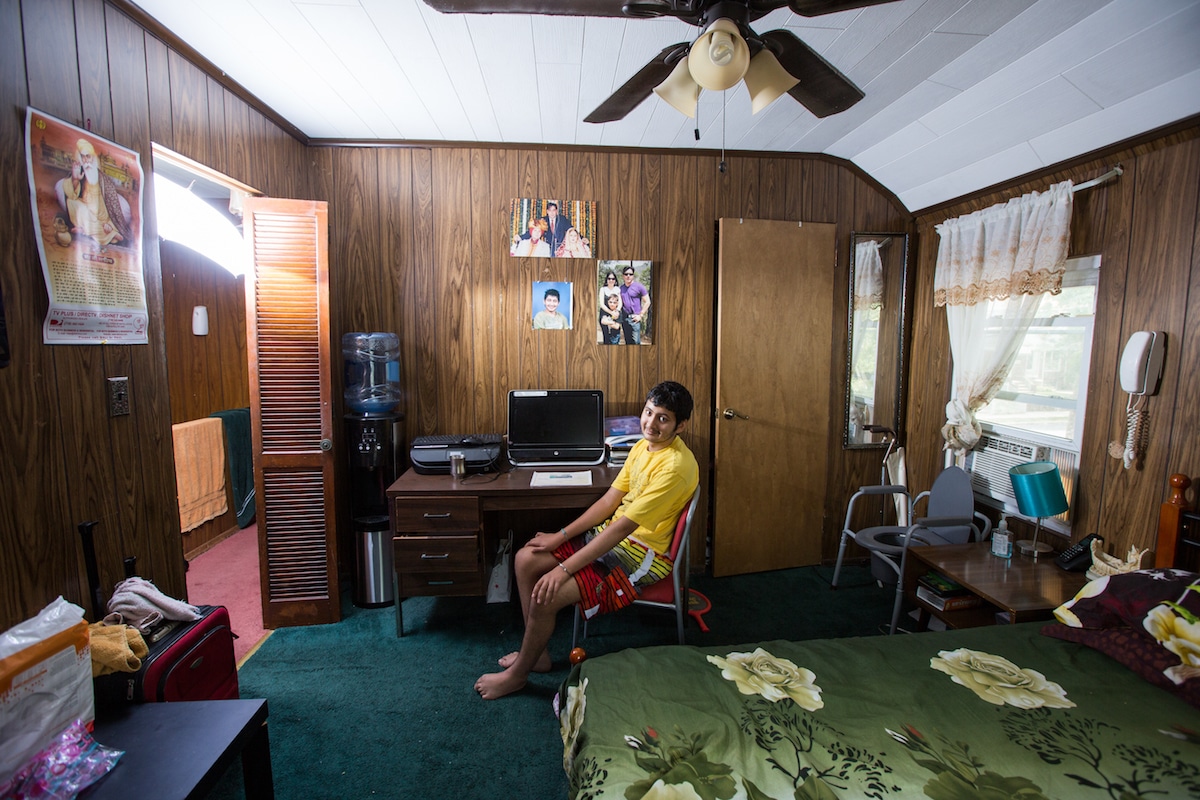
Shaan, 17 years old, x-linked adrenalkeudostrophy. Because Shaan cannot walk or speak much, his parents struggle to find activities he can participate in.
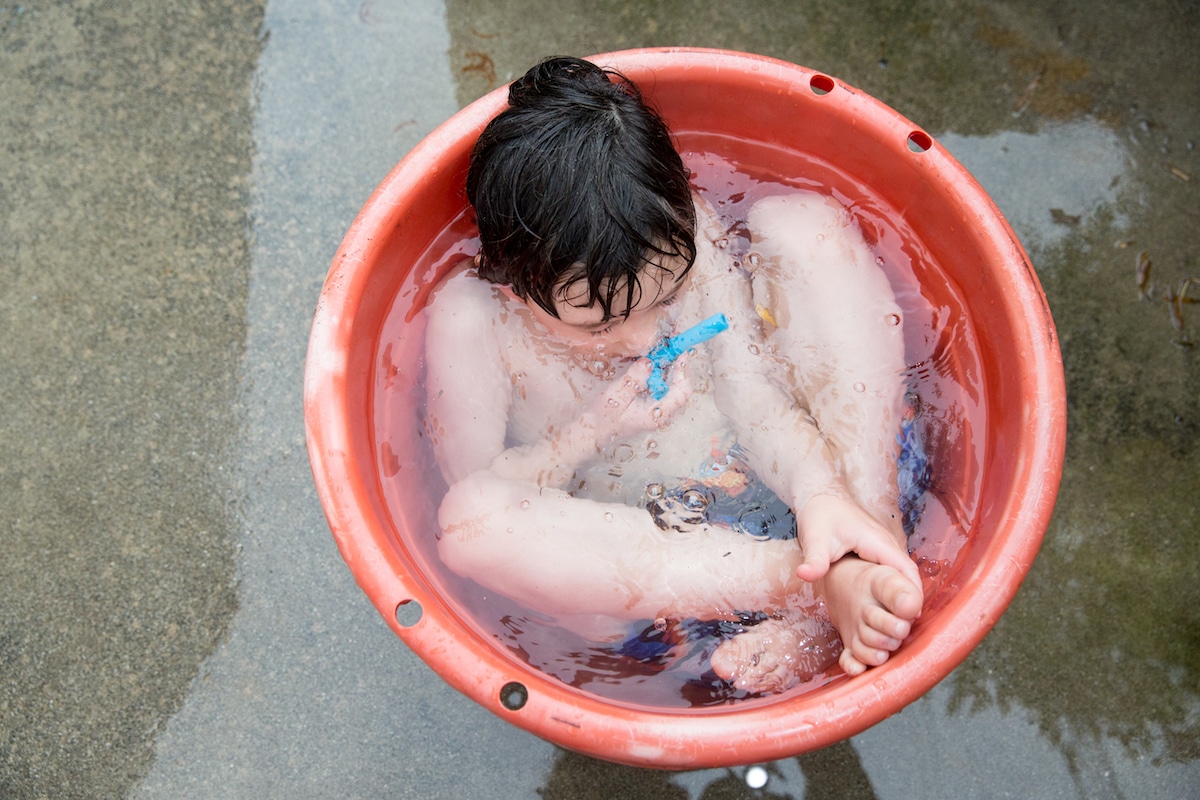
Darus, 5 years old, Phelan McDermid Syndrome. Darus feels more comfortable in small spaces.
“These families persevere because they have to, but they do it with such profound grace that it’s astonishing; I deeply respect them.”
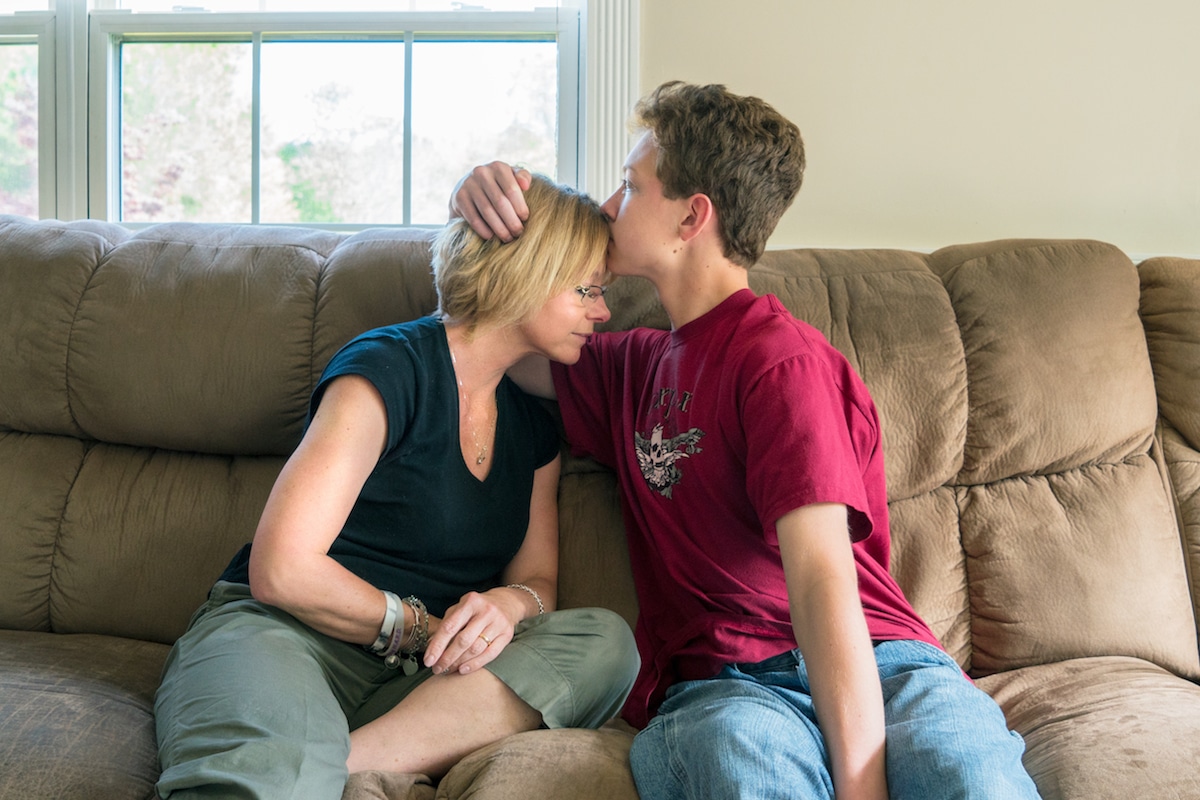
Louis, 15 years old, Ehlers Danlos, Dysautonomia, and POTS. Louis’ mom worries about him dislocating bones or passing out from his heart rate suddenly dropping.
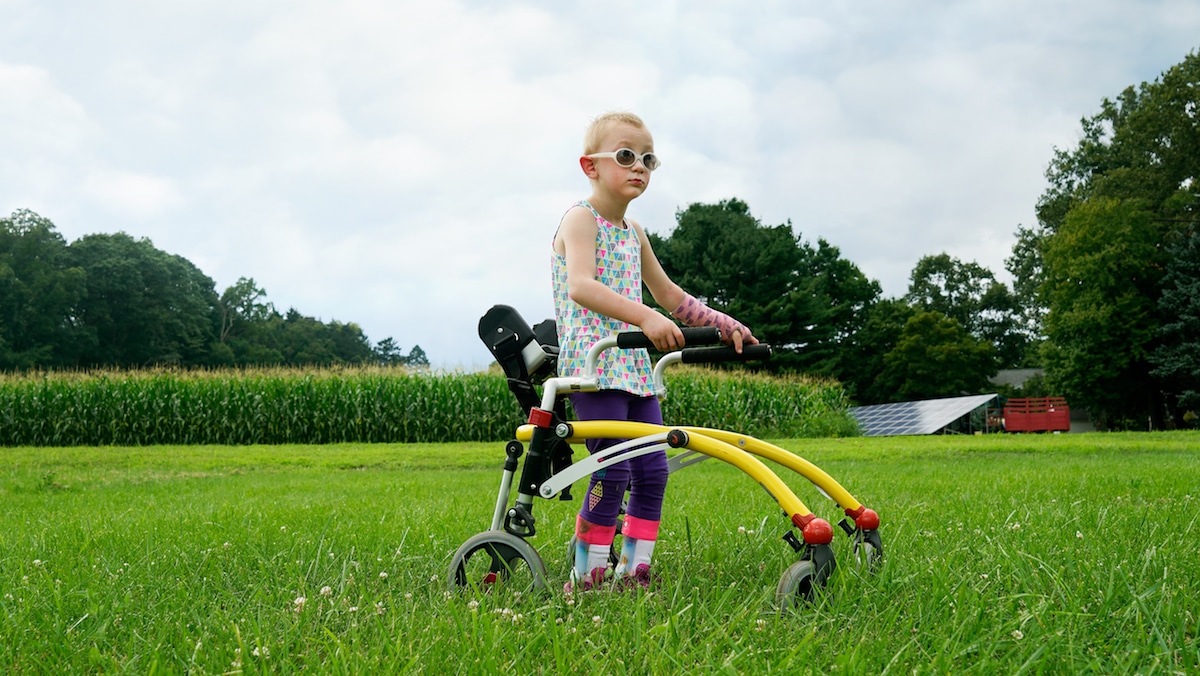
Addie, 4 years old, Related Intellectual Disability syndrome. Addie is non-verbal, yet she is a daredevil who loves to climb and bounce.
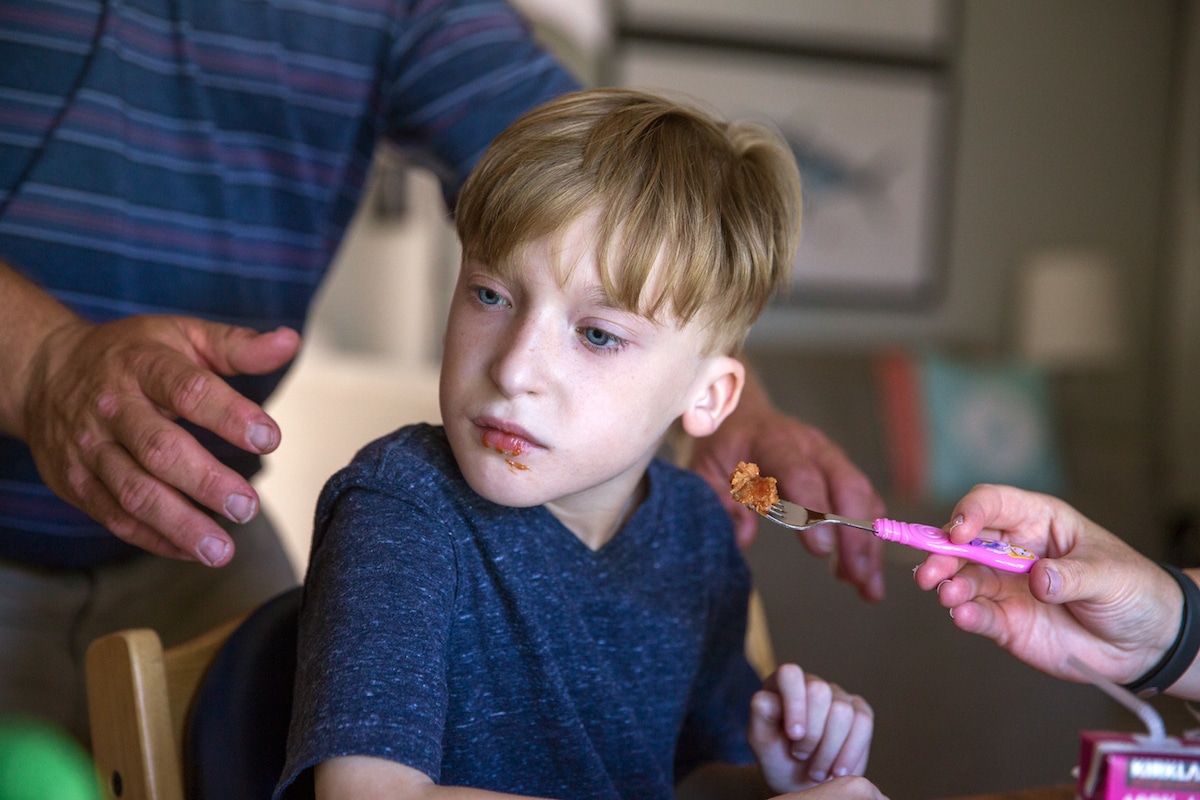
Jonathan, 9 years old, Mowatt Wilson Syndrome. Though he is capable of eating soft foods, Jonathan generally does not like to eat and is not able to self-feed.
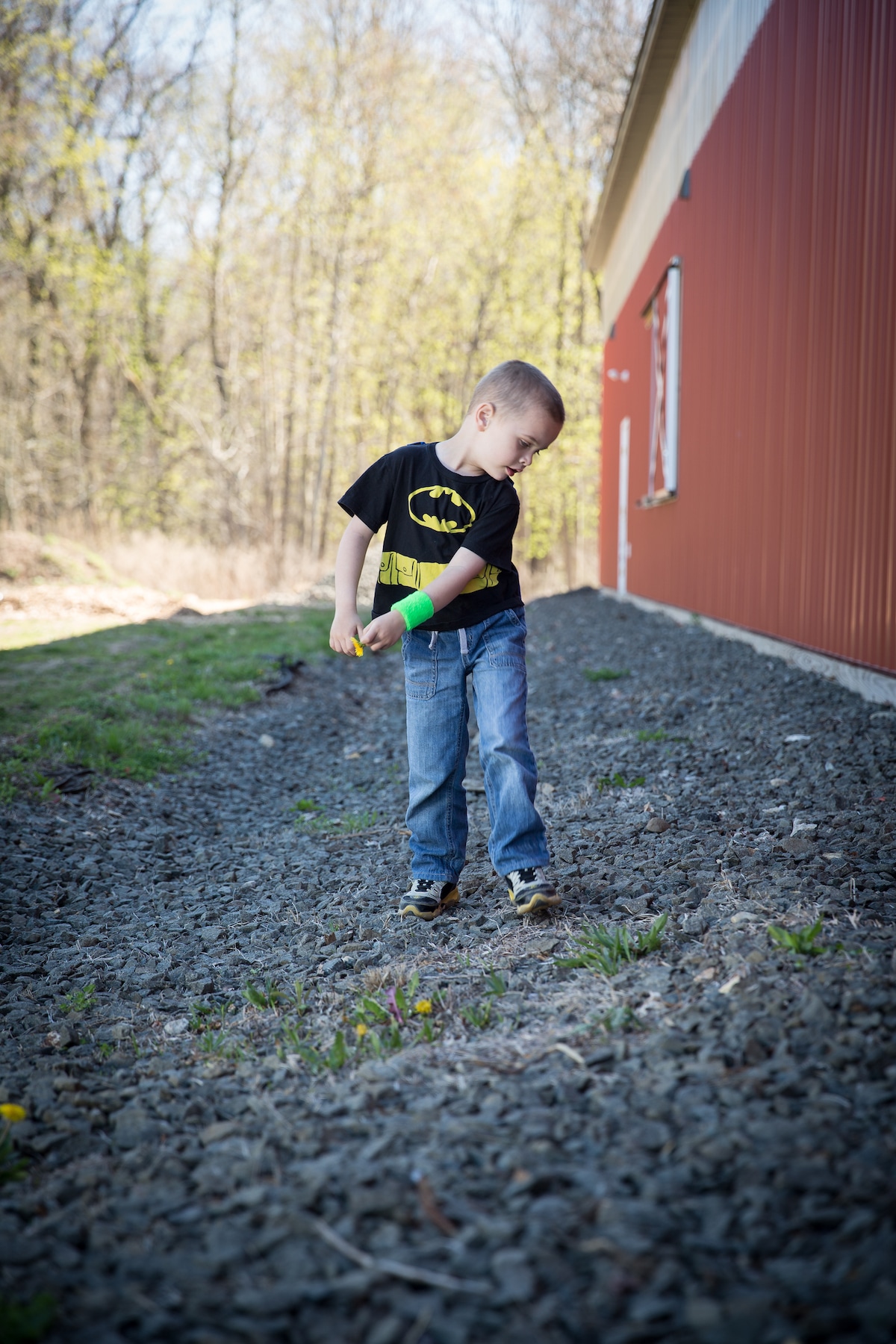
Brian, 5 years old. Ataxia-Telangiectasia. Brian’s body systems will deteriorate and/or fail as he gets older.
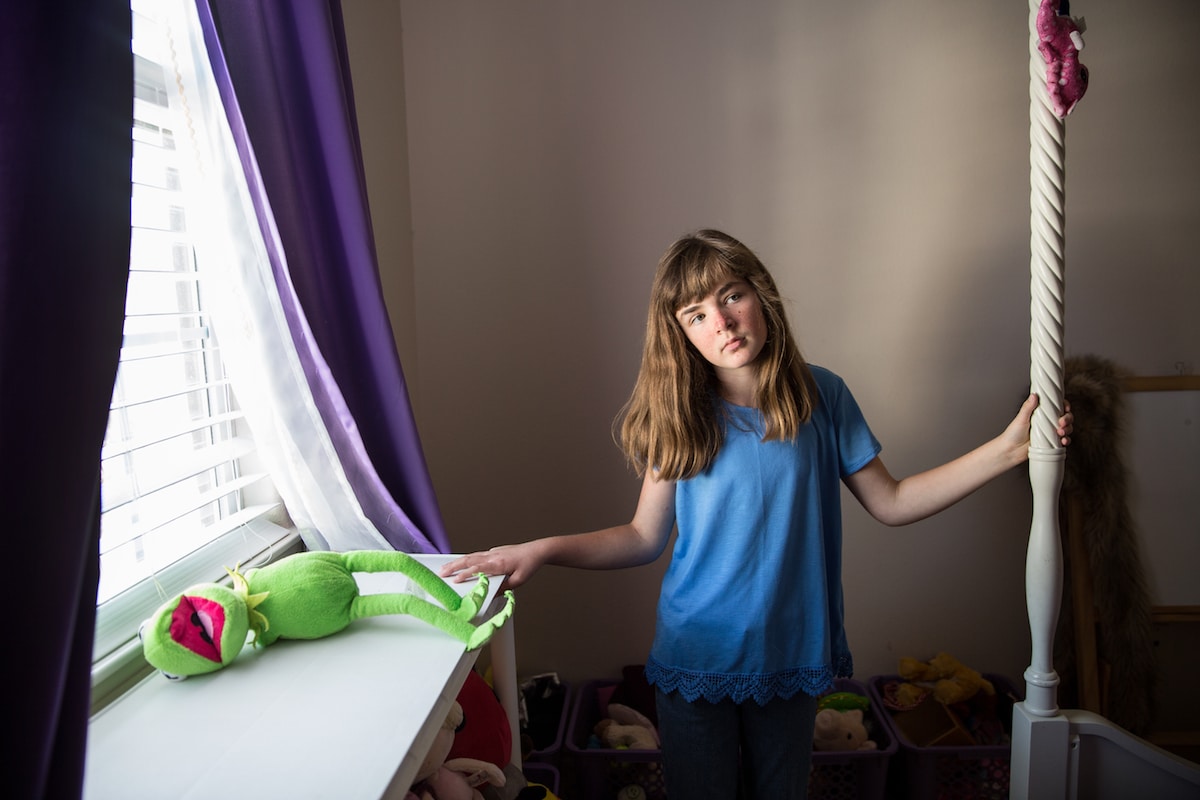
Clara, 10 years old, Tuberous Sclerosis Complex. Clara has tuberous sclerosis which causes tubers to grow in various parts of her brain and body.

Ethan, 8 years old, Angelman Syndrome. Ethan will need lifelong care as a result of his condition.

Wyatt, 5 years old, 22q deletion. Wyatt has had eight surgeries, including one open heart surgery.

Cassie, 9 years old, Marfan Syndrome. Despite the metal rods along Cassie’s spine, she is a great swimmer.
